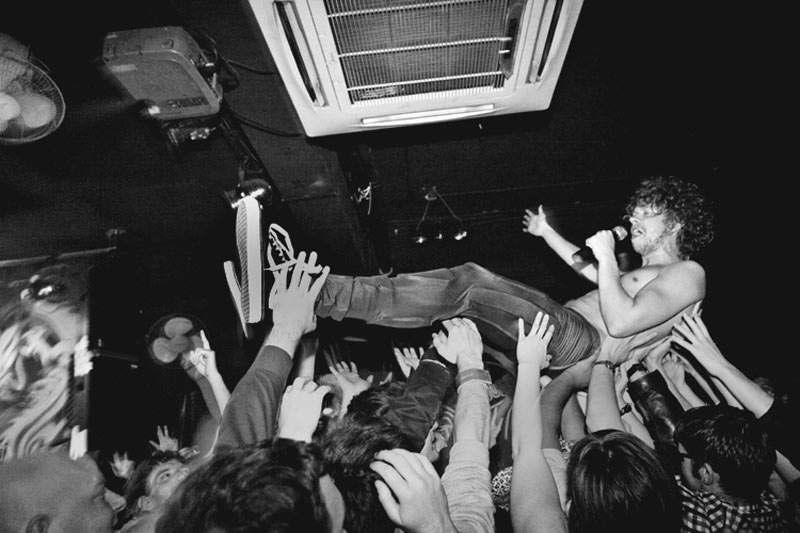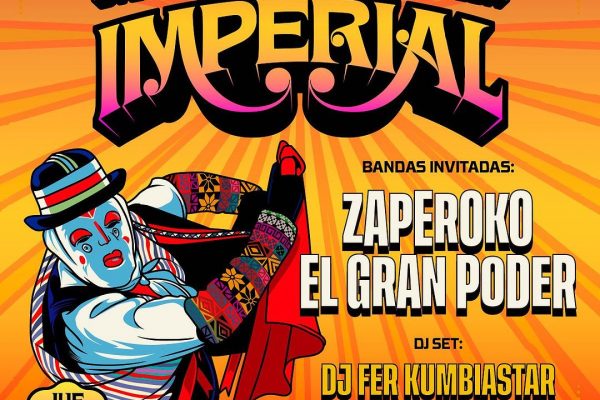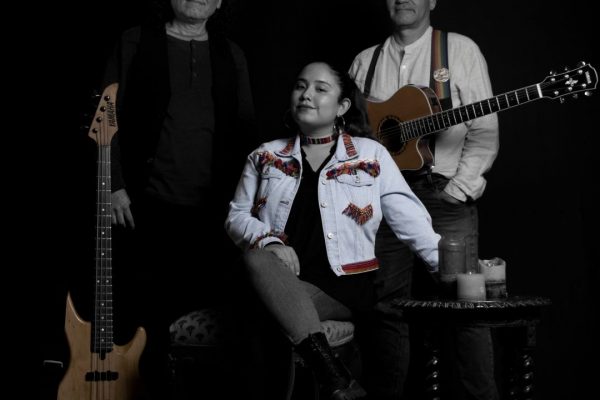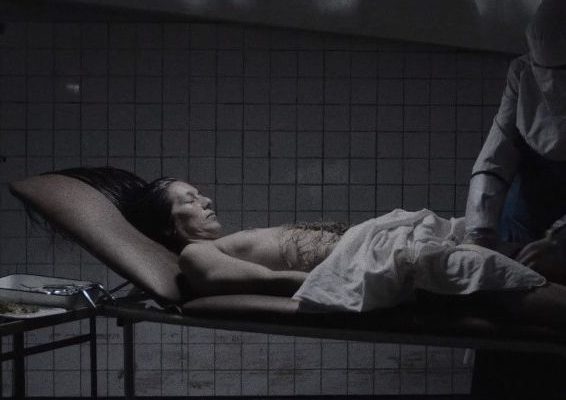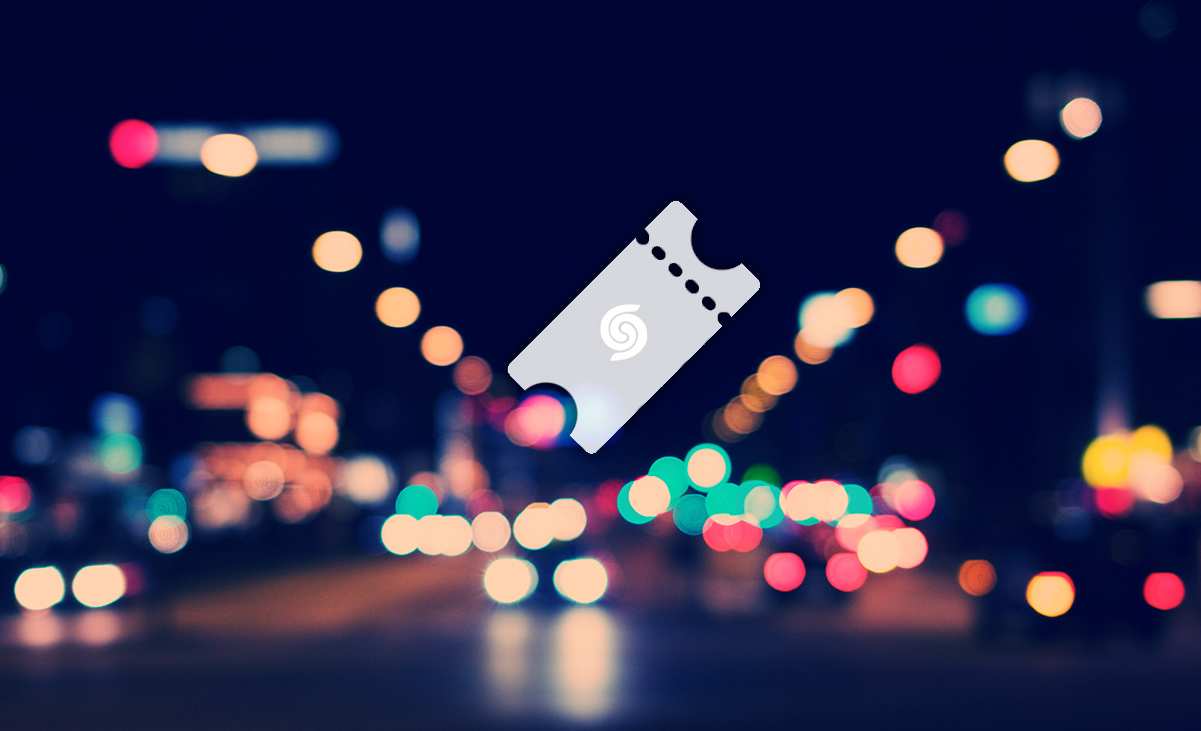Conversamos con Mads Damsgaard Kristiansen, vocalista de la sorprendente y potente banda danesa Reptile Youth, dentro de las investigaciones que hacemos para nuestro programa radial y digital Al Otro lado del Sonido, gracias al sello independiente danés HFN.
Daneses que debutaron en China, grabaron un primer disco con destacados productores como son Mark Ralph (Hot Chip, Lady Gaga) y Dave M. Allen (The Cure, Sisters Of Mercy) Acaban de regresar de México y publicar un disco de remixes. Son una intensa banda que puede ser catalogada como indie dance y que siempre busca exigirse al máximo en sus presentaciones en vivo. Les enviamos un cuestionario que traducimos para ustedes, les dejamos con dos de sus videos y la escucha de su disco epónimo vía Soundcloud.
Reptile Youth: Speeddance (official music video) from Rasmus Weng Karlsen on Vimeo.
Entrevista en castellano
¿Cómo se inició la banda?
En un viaje a Shangai, Esben y yo estábamos haciendo canciones sobre el aburrimiento de estar lejos de nuestras bandas. Armamos un show en una azotea y desde ahí, súbitamente estábamos toureando en China. El lugar correcto en el momento correcto. De ahí regresamos a Dinamarca y comenzamos a hacer ás música y conseguir más presentaciones. Más lugares correctos en el momento correcto, supongo. Simplemente fue creciendo.
¿Cómo ha cambiado su estilo de composición desde el principio?
Ha estado constantemente evolucionando y desarrolándose. En el principio era sólo Esben y el proceso era muy similar a hacer música electrónica. Trabajar bastante en la computadora. Era bastante estático.
Trabajaron con grandes productores musicales en su primer disco ¿Qué aprendieron en ese proceso?
Que el control no siempre es lo que más da en un proceso creativo y que el caos total no es siempre la manera más constructiva de salir de él.
¿Como llegaron a la formación actual de la banda? ¿Con quienes están tocando en escenario actualmente?
Son amigos nuestros con los que nos hemos convertido en una gran familia. Ellos tienen su propia banda llamada «Broke» y estuvieron teloneando nuestro tour europeo. Cada vez estamos haciendo más cosas juntos.
¿Cómo fue el proceso de hacer un video para cada canción de su primer disco?
Le preguntamos a bastante gente que nos había inspirado. Tanto Esben como yo estamos metidos en las artes visuales. Y entonces tuvimos el deseo de experimentar con la interpretación visual del disco. Muy pocos de los videos que fueron hechos tuvieron alguna forma de guía de parte nuestra. Queríamos ver qué ocurriría si diferentes personas tuvieran total libertad para lo que vieron en la música.
¿Cómo decidieron quienes serían los músicos que trabajarían con ustedes en el nuevo disco de remixes?
Estamos siendo muy hedonístico acerca de ello. Le preguntamos a los artistas que nos gustan mucho y hemos sido afortunados de que algunos de nuestros artistas/bandas favoritas estaban dispuestas a remixear.
Por favor cuéntenos acerca de lo más característico de las diferencias audiencias que han encontrado en los distintos continentes en los que han tocado.
Acabamos de tocar un par de presentaciones en México. que han sido nuestros primeros shows en Sudamérica. Ha sido una gran experiencia y el público estaba realmente bailando. En China es diferente, al menos en las afueras de Shanghai y en Beijing. Mucho más estático y observador. Lógicamente, también difiere en Europa.
Interview in english.
How did the band begin?
On a trip to Shanghai. Esben and I was making some songs out of boredom of being away from our bands, put up a show on a roof terrace and from there we where suddenly touring China. The right place at the right time.
From there, how did you start touring other countries?
Then we came back to Denmark and started making more music and getting more shows. More right places at the right times I guess. It just grew.
How did the composition work develop from the beginning of the band until now?
It’s been constantly evolving and developing. In the beginning it was just Esben and the process was a lot like doing electronic music. Working a lot on the a computer. It was very static.
You worked with great producers on your first record. What have you learned in that process?
That control is not always he most giving in a creative process and total chaos is not always the most constructive way to get out of it.
How did you develop your current live lineup? Who are the guys working with you live on stage right now?
It friends of ours that and we have become like a big family now. They have their own band called Broke and where supporting on our European tour. We have begun doing more and more together.
What was the process of making one video for each song of your first album?
Asking a lot of people we were inspired by. Both Esben and I are really into visual art. And then we had a wish to experiment with the visual interpretation of the album. Very few of the videos that was made had any form of guidelines from us. We wanted to see what happened if different people got total freedom to create what they saw in the music.
How do you decide who are the musicians you are going to work with, for the new remixes album?
We’re being very hedonistic about it. We ask artists we like a lot and we have been fortunate that some of our favourite bands/artist were up for remixing.
Please tell us about the most caracteristic things of the different audiences that you have faced on each of the continents were you have played.
We just played a couple of shows Mexico – which were our first shows in South America. It was a big experience and the crowds were really dancy. In China it’s different – at least outside of Shanghai and Beijing. A lot more static and observing. It of course also differs in Europe.
